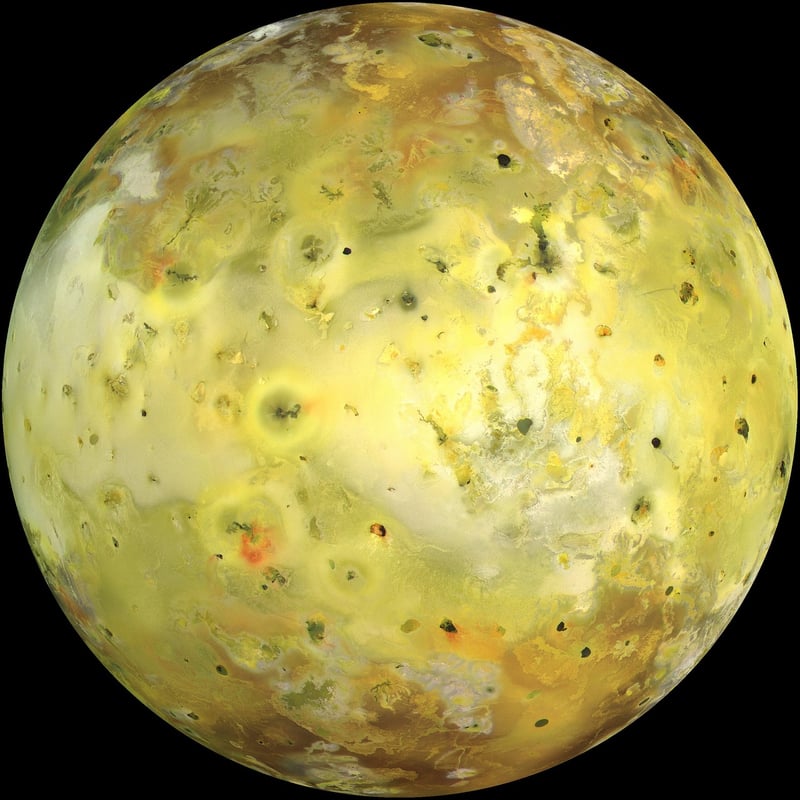Jupiter's Moons
Exploring the Wonders of the Universe: A Guide to Jupiter's Moons
Welcome to our guide on the fascinating universe and the mesmerizing moons of Jupiter. In this article, we will delve into the vast expanse of space and focus on the captivating moons that orbit the largest planet in our solar system, Jupiter.
Unveiling the Universe
The universe, with its billions of galaxies, stars, and planets, is a captivating expanse that has intrigued humanity for centuries. From the mesmerizing beauty of distant nebulae to the mysterious dark matter that shapes the cosmos, the universe is a treasure trove of wonders waiting to be explored.
Jupiter: The Giant of the Solar System
Jupiter, with its massive size and distinctive red spot, is a dominant presence in our solar system. This gas giant, known for its turbulent atmosphere and swirling storms, holds a special place in the hearts of astronomers and space enthusiasts alike.
The Moons of Jupiter
One of the most captivating features of Jupiter is its extensive family of moons. With over 79 known moons, Jupiter boasts a diverse array of natural satellites, each with its own unique characteristics and mysteries waiting to be unraveled.
Exploring the Galilean Moons
Among Jupiter's many moons, the Galilean moons - Io, Europa, Ganymede, and Callisto - stand out for their size and significance. These four moons, discovered by the legendary astronomer Galileo Galilei, offer a glimpse into the complex and dynamic nature of Jupiter's moon system.
Io: The Volcanic Moon
Io, the innermost of the Galilean moons, is a world of fire and ice. With over 400 active volcanoes and a colorful, sulfuric surface, Io is a testament to the intense geological activity that shapes the moons of Jupiter.
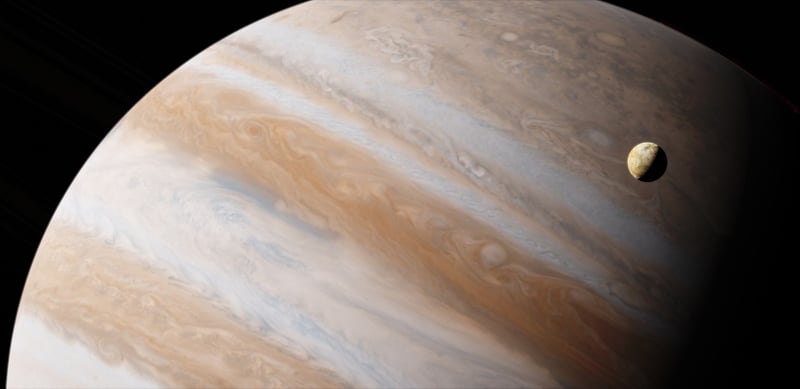
Europa: The Ocean Moon
Europa, with its smooth icy surface, hides a global ocean beneath its crust. This subsurface ocean, believed to contain more water than all of Earth's oceans combined, makes Europa a prime candidate in the search for extraterrestrial life.
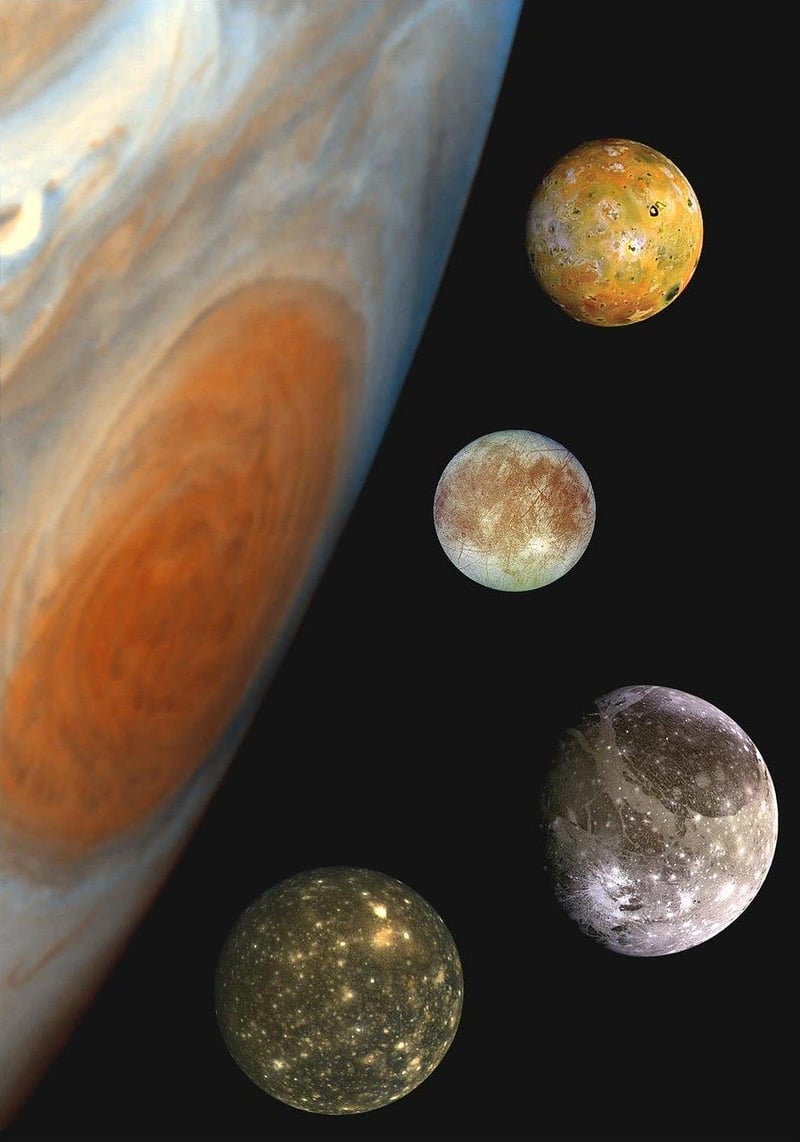
Ganymede: The Largest Moon
Ganymede, the largest moon in the solar system, is a world of contrasts. With its icy surface, rocky interior, and magnetic field, Ganymede offers a glimpse into the diverse geology and complex history of Jupiter's moons.
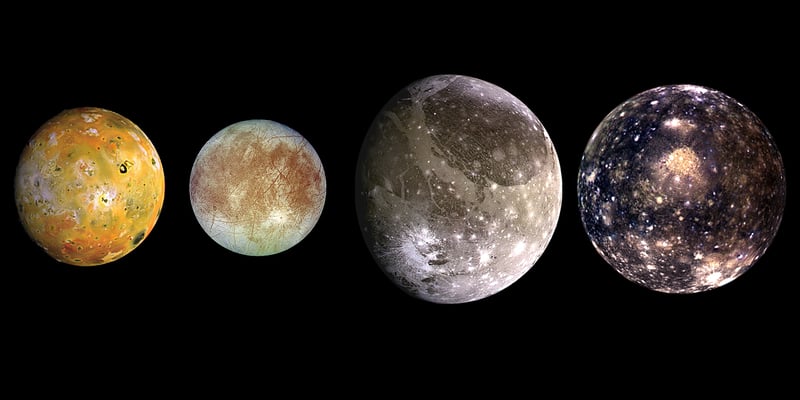
Callisto: The Ancient Moon
Callisto, battered and heavily cratered, is the most heavily cratered object in the solar system. This ancient moon, with its icy surface and quiet demeanor, serves as a record of the violent history of the outer solar system.
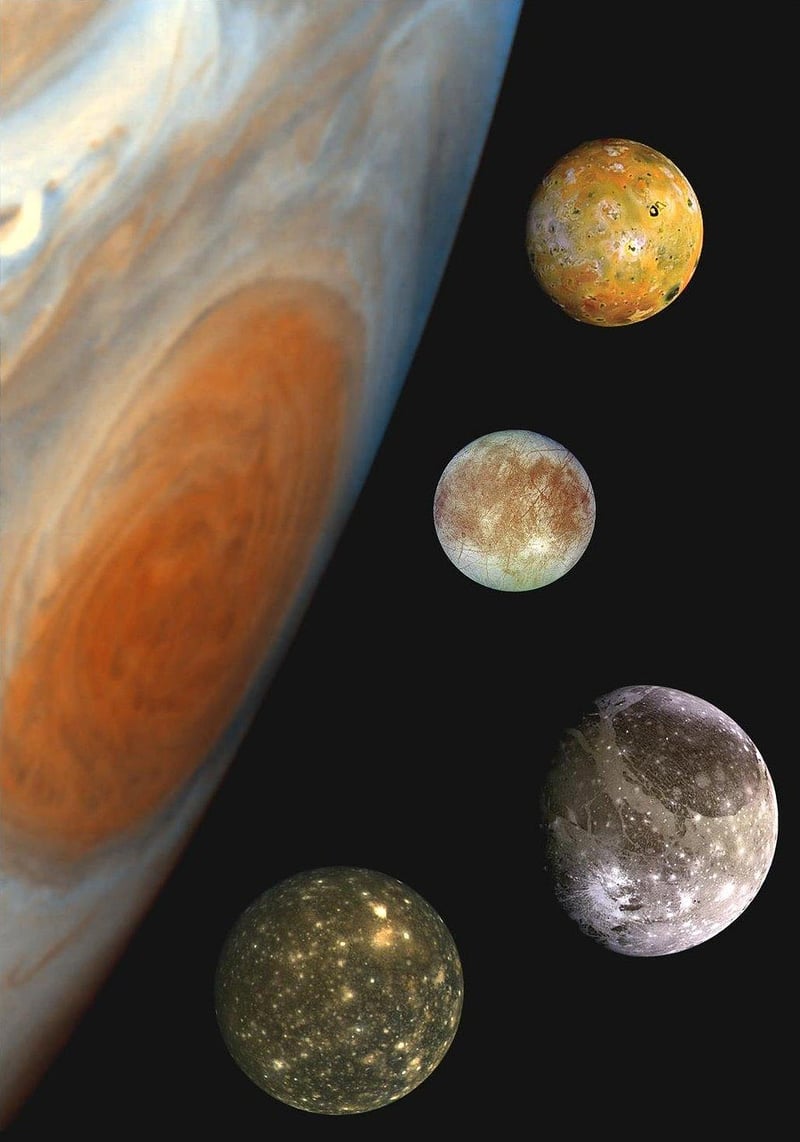
Conclusion
As we journey through the universe and explore the wonders of Jupiter's moons, we are reminded of the boundless beauty and complexity of our cosmic neighborhood. From the fiery volcanoes of Io to the icy oceans of Europa, each moon of Jupiter tells a unique story that adds to the tapestry of the universe.
Join us in our quest to unravel the mysteries of the cosmos and discover the hidden treasures that lie scattered across the vast expanse of space.
